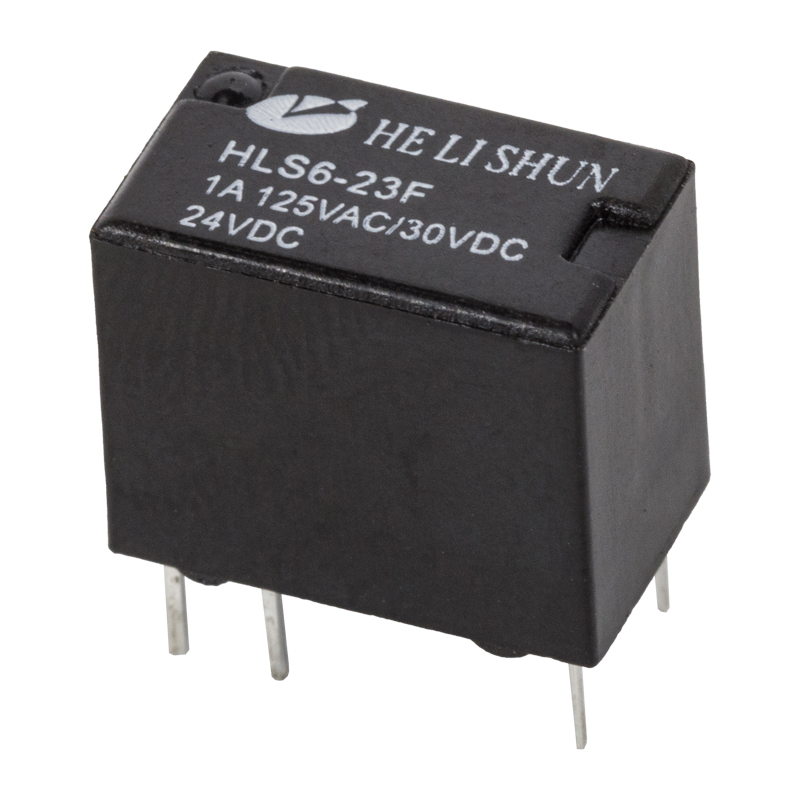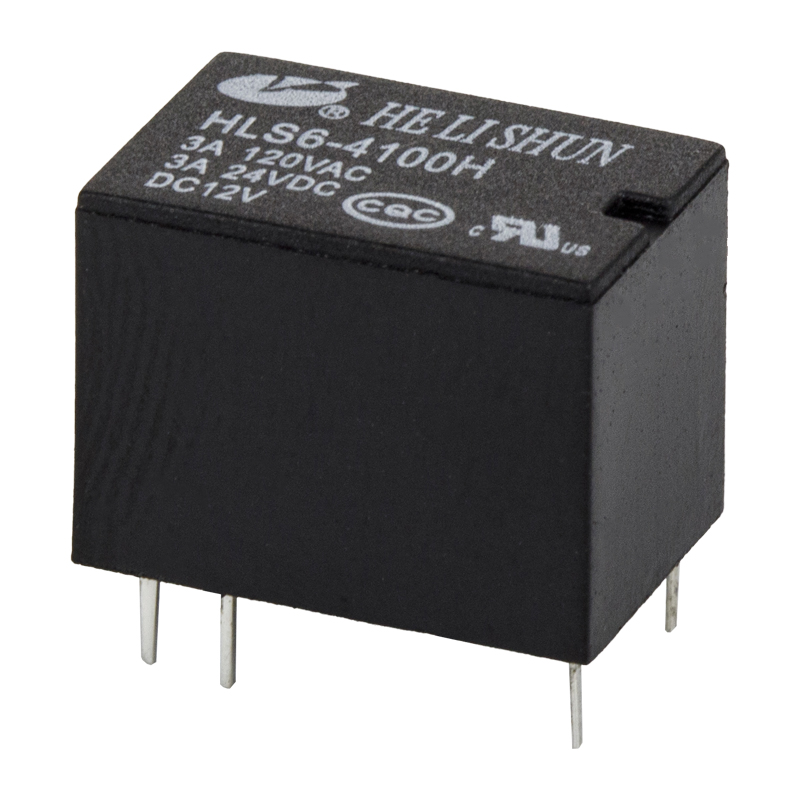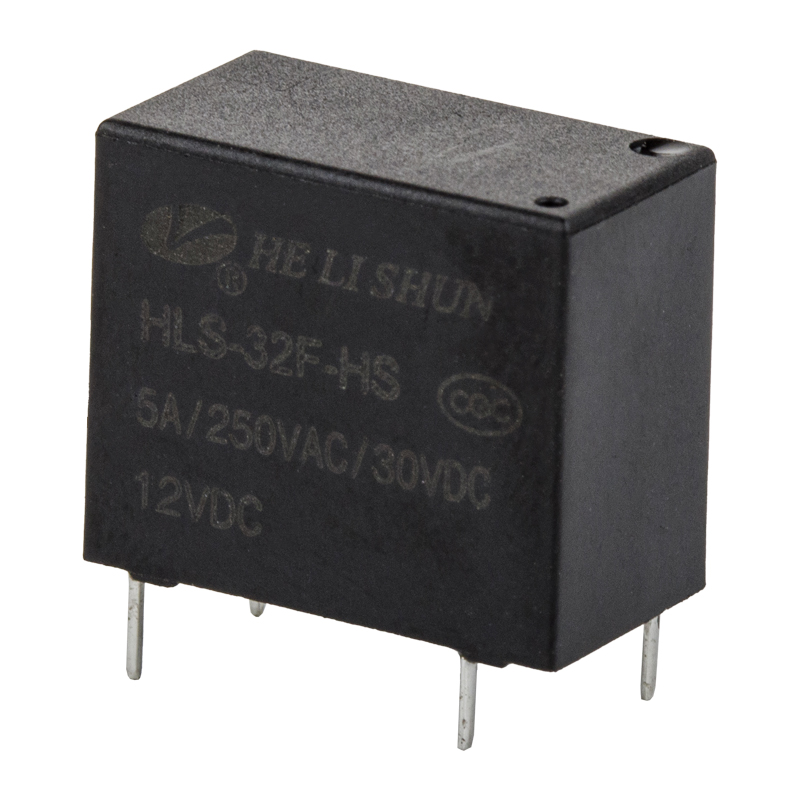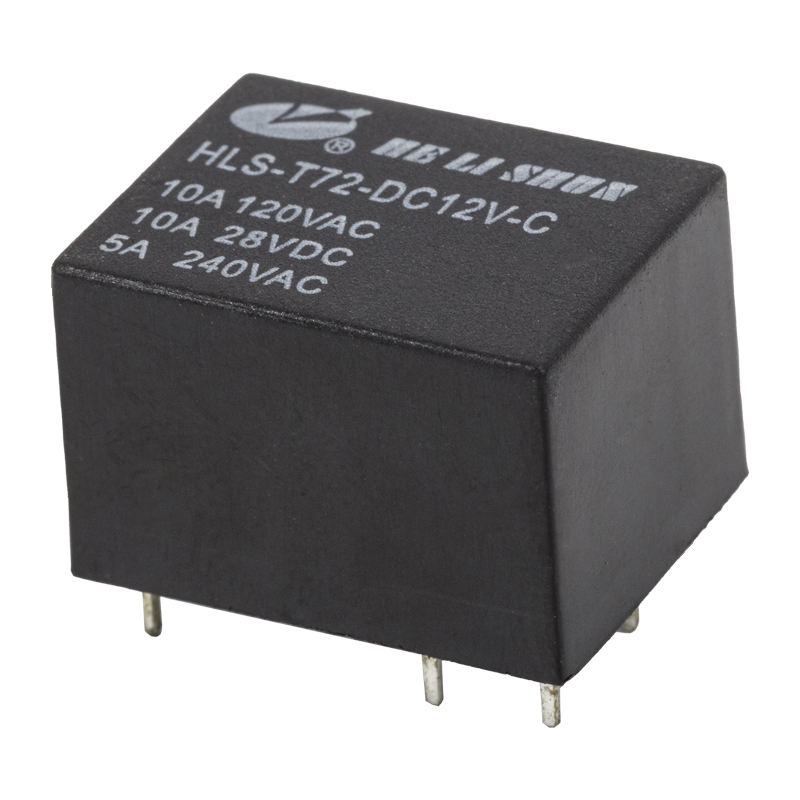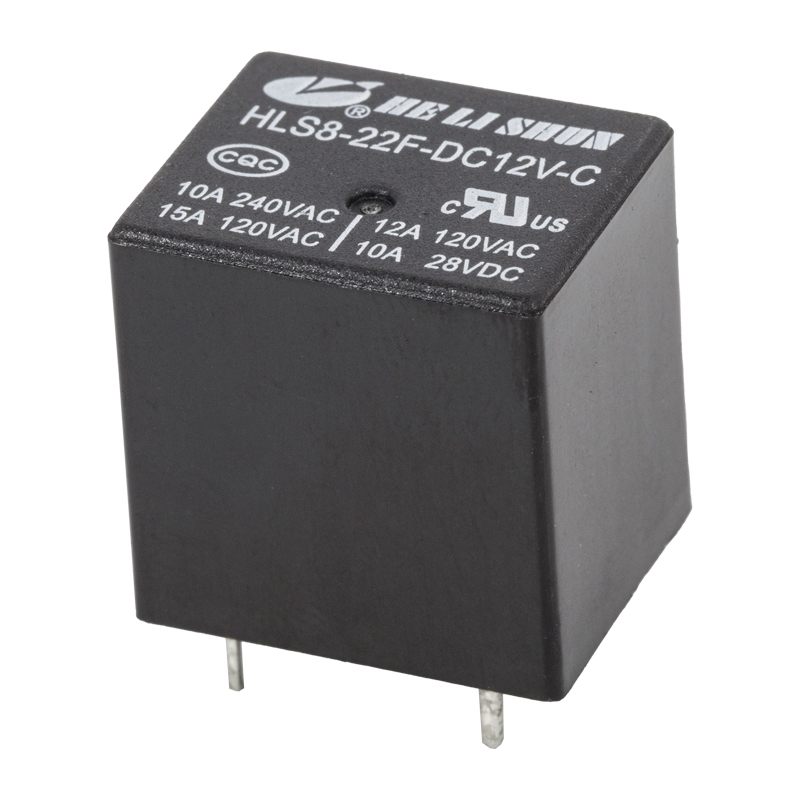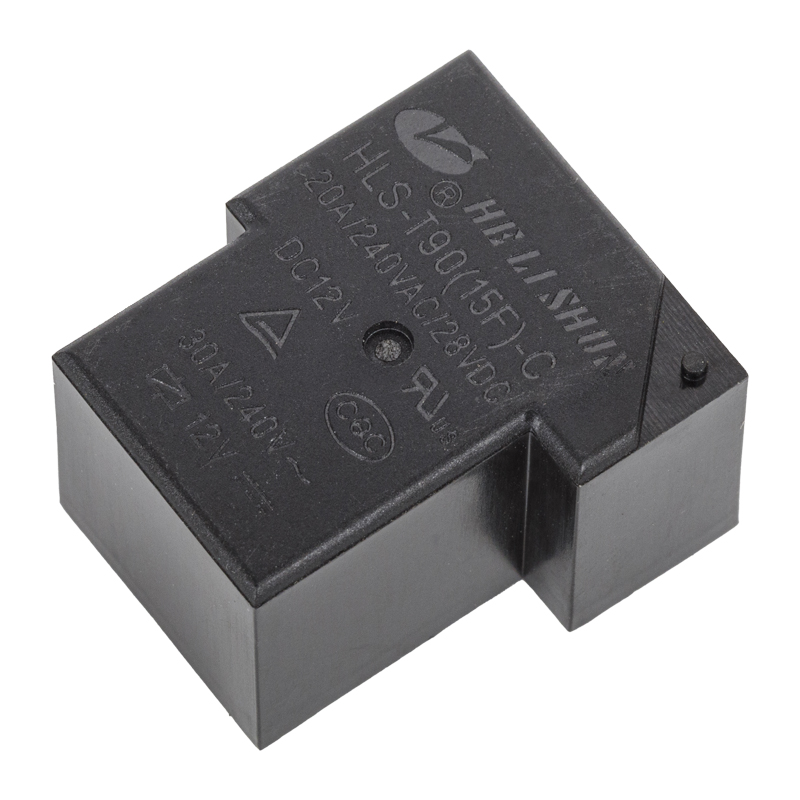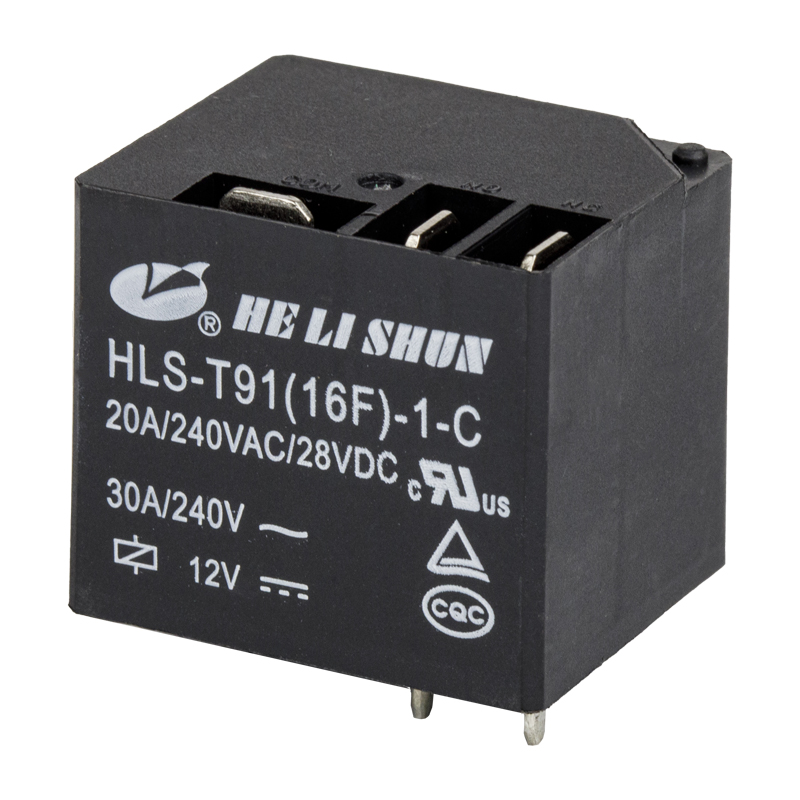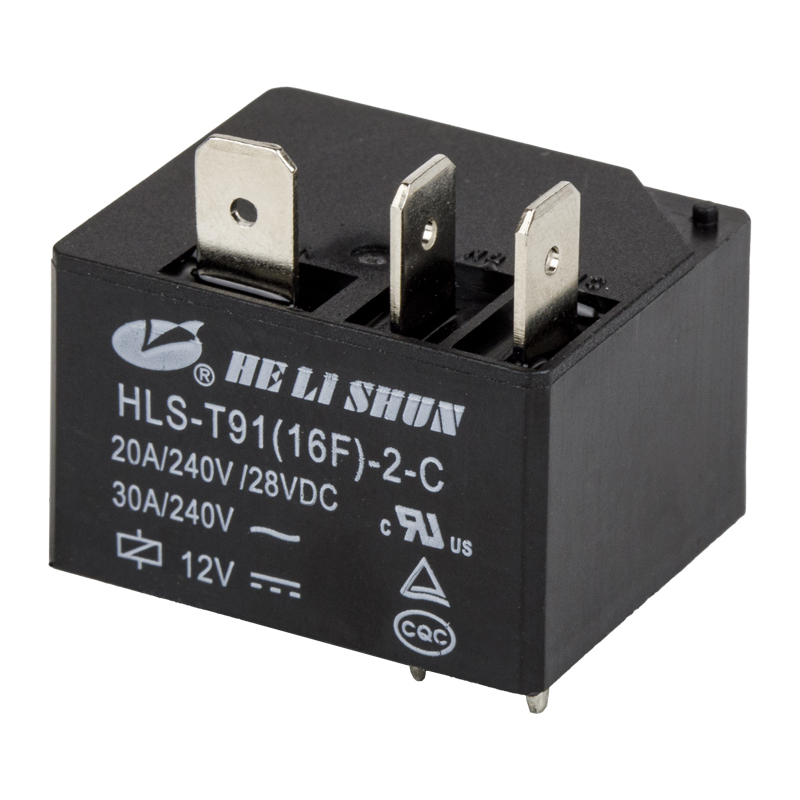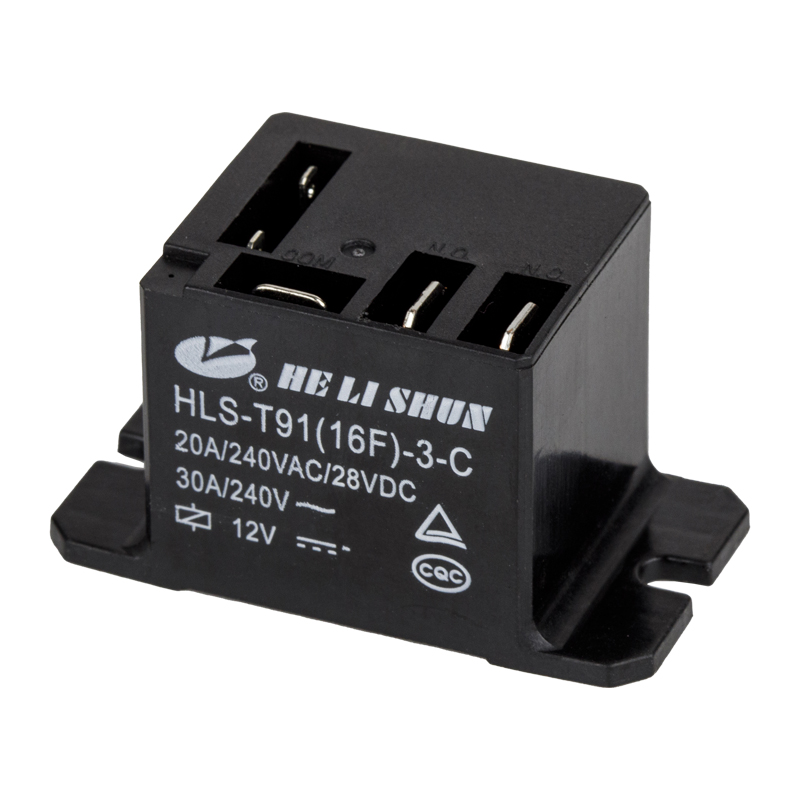Automotive relays play a key switching and control role in vehicle circuits, controlling high current loads through small current signals, protecting circuits and ensuring stable operation of the system. Automotive relays are widely used in lighting systems such as headlights, fog lights and daytime running lights. The current of headlights is large when they are working. If they are directly controlled by the steering wheel combination switch, it is easy to cause switch burnout or poor contact. The function of the relay is to isolate high current and extend the life of the switch. In addition, when modifying lights, it is usually necessary to install additional relays to ensure circuit safety and avoid overloading the original vehicle circuit.
In the power system, the relay controls the start and stop of the fuel pump to ensure that the fuel can be supplied in time when the engine is ignited. If the fuel pump relay is damaged, the vehicle may not start. The starter motor also relies on relays, because the ignition switch cannot directly withstand the high current required by the starter, and the relay plays a role in current amplification and protection. Some turbocharged models also use relays to control the delayed shutdown of the turbo cooling pump to avoid high temperature damage.
Equipment such as the compressor of the air conditioning system, seat heating/ventilation devices, and electric windows usually require relay control. The air conditioning compressor clutch is switched on and off by a relay to avoid frequent start and stop impacting the circuit. If the high-power seat heating pad is directly controlled by a switch, the switch may burn out, so a relay is essential. The electric window and sunroof motors of some older models also rely on relays to achieve forward and reverse control.
When the car horn is working, the current is large, and the relay can protect the horn button on the steering wheel from being burned out. The hydraulic pump of the ABS/ESP system is powered by a relay in some models to ensure the reliable operation of the braking system. In addition, the siren and light flashing functions of the anti-theft alarm also rely on relay control to enhance the stability of the anti-theft system.
The high-voltage system of new energy vehicles has higher requirements for relays. The battery management system uses high-voltage relays to safely switch high-voltage circuits to prevent short-circuit risks. The charging system also relies on relays to control the on-off between the charging pile and the on-board charger to ensure charging safety. In addition, the DC-DC converter may use relays to switch high and low voltage circuits to ensure the stable power supply of the 12V low-voltage system.
In the field of car modification, relays are often used to install high-power equipment such as spotlights, on-board inverters, and audio amplifiers to avoid overloading the original car circuit. The trailer power supply system also requires relays to control the brake lights and turn signals to ensure stable signal transmission.




 English
English 中文简体
中文简体
